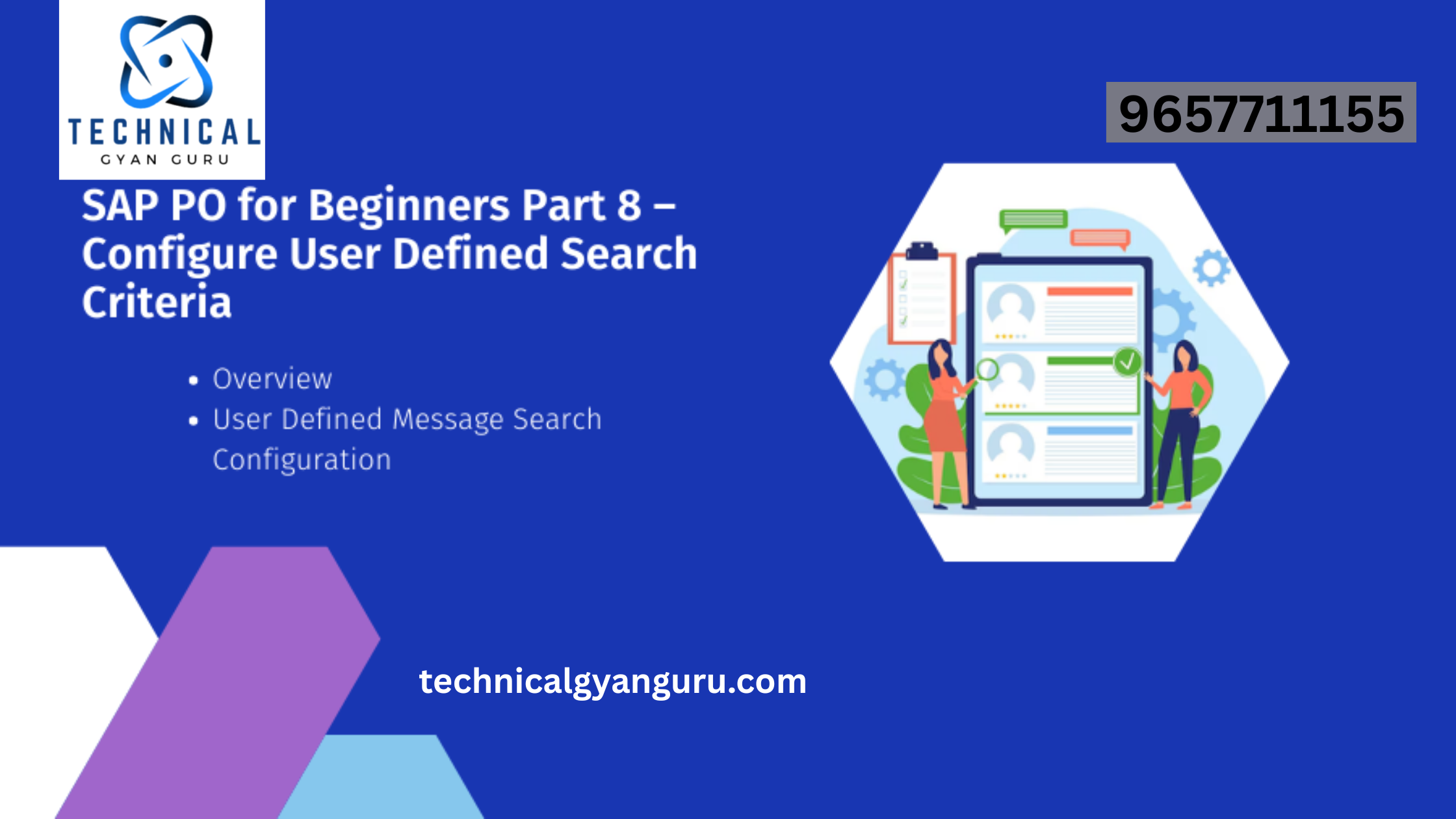Introduction: SAP PT Transaction Codes for Time Management
SAP PT Transaction Codes for Time Management: In the dynamic realm of human capital management, organizations leverage sophisticated solutions to optimize their workforce processes. SAP PT (Personnel Time Management) stands at the forefront, providing a comprehensive suite of tools for effective time tracking and management. At the core of SAP PT are transaction codes, the key to unlocking a world of functionalities that streamline time-related processes. In this blog, we’ll explore the significance of SAP PT transaction codes, their classifications, and how they empower organizations to manage time with precision.
Understanding SAP PT Transaction Codes:
SAP PT transaction codes are alphanumeric shortcuts designed to provide users with quick access to specific functionalities within the SAP PT module. These codes serve as the gateways to managing time-related data, from clock-in and clock-out records to absence requests and time evaluations. SAP PT transaction codes offer a direct route to essential time management functions, enhancing the efficiency of workforce processes.
Classification of SAP PT Transaction Codes:
- Time Recording (CATS):
- CAT2: Time Entry
- CAT3: Display Time Sheet
- CAT7: Transfer Time Data to Cross-Application Time Sheet (CATS)
- Absence and Attendance (PTMW):
- PTMW: Time Manager’s Workplace
- PT01: Maintain Absences
- PT50: Display Team Calendar
- Quotas and Leave Balances (PT_QTA10):
- PT_QTA10: Display Quota Overview
- PT50: Display Team Calendar
- Time Evaluation (PT60):
- PT60: Time Evaluation
- PT66: Time Evaluation Results
- Work Schedule Management (PT01):
- PT01: Maintain Daily Work Schedule
- PT02: Maintain Period Work Schedule
- PT04: Time Recording Variant for Work Schedules
Key Advantages of SAP PT Transaction Codes:
- Accurate Time Tracking:
- Transaction codes within SAP PT enable organizations to accurately record and manage employee work hours, ensuring precise time tracking for payroll and compliance.
- Efficient Absence Management:
- PT transaction codes streamline the process of managing absences, allowing for easy entry, tracking, and analysis of leave requests.
- Real-time Quota Monitoring:
- Quota-related transaction codes empower users to monitor and manage leave balances in real-time, ensuring transparency and compliance with company policies.
- Automated Time Evaluation:
- Time evaluation transaction codes facilitate automated processes for evaluating employee work hours, ensuring consistency and efficiency in time-related calculations.
Tips for Efficient Use of SAP PT Transaction Codes:
- Create Favorites:
- Use the “Favorites” functionality in SAP to create a personalized list of frequently used PT transaction codes for quick access.
- Documentation and Training:
- Maintain documentation on commonly used transaction codes and provide training to users to enhance their proficiency in executing time management tasks.
- Utilize Shortcuts:
- Memorize or document frequently used transaction codes to expedite the execution of common PT processes.
- Stay Informed:
- Regularly update yourself on new or optimized transaction codes introduced by SAP to leverage the latest functionalities within the PT module.
Conclusion:
SAP PT transaction codes are the linchpin of efficient time management, providing organizations with the tools to streamline processes and enhance workforce productivity. As businesses prioritize accurate time tracking, absence management, and compliance, mastering these transaction codes becomes essential. They are not just shortcuts; they are the keys to unlocking a seamless journey in managing the most valuable resource—time. In the dynamic world of human capital management, these transaction codes are indeed the keys to workforce efficiency and success.







